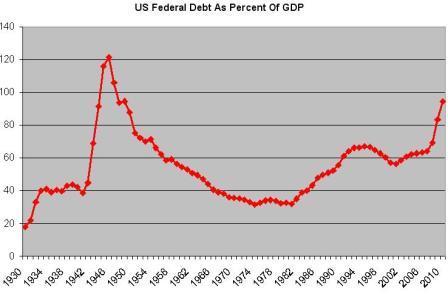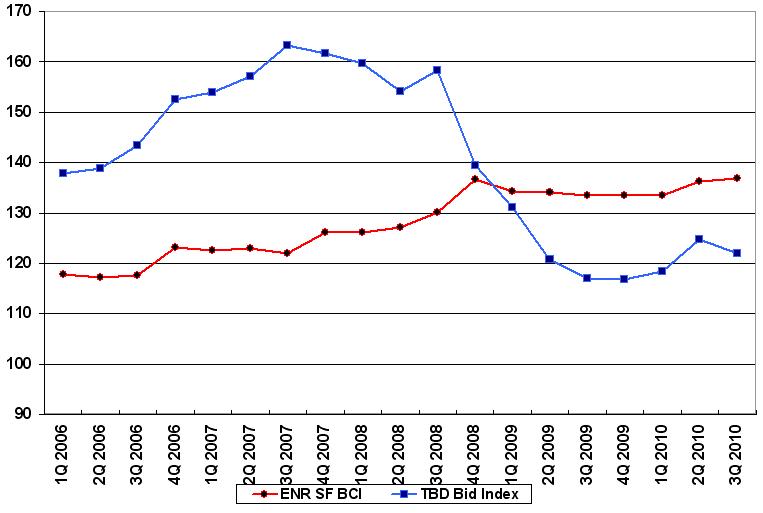

Printable PDF version
Subscribe to our newsletter
Integrated Project Delivery
West’s Grand Central
The Growth/Debt Debate
Construction
Management Specialists
111 Pine Street, Suite 1315
San Francisco, CA 94111
(415) 981-9430
4361 35th Street
San Diego, CA 92104
(619) 550-1187
8538 173rd Avenue NE
Redmond, WA 98052
(206) 571-0128
www.TBDconsultants.com
Integrated Project Delivery
Gordon Beveridge
IPD is being talked about a lot currently, but what exactly is it? Is it really something new, or a variation on something that has been around for a long time? Gordon addresses these, and other similar questions in this article.
West’s Grand Central
Geoff Canham
San Francisco breaks new ground as it moves California's transportation into the 21st century. In this article we look at the new Transbay Transit Center soon to arrive at a downtown near you.
The Growth/Debt Debate
Geoff Canham, Editor
It is not often this writer feels sorry for politicians, but it is hard not to feel some sympathy for them in the current situation. The recovery from the Great Recession is limping along, and pressure is on those in power to speed things up and get the unemployed back to work. But the efforts to limit the effects of the recession have already created a mountain of debt that needs to be addressed, and any further incentives that the government might offer to help the recovery is only likely to compound the debt issue, creating more problems for the future. Caught between a rock and a hard place!
According to CNN, the median personal share of the debt owed by the individual states (not the Federal government) is almost $1,000, and in California it is over $2,300 (which doesn’t even put it in the top three states for per capita debt). But as bad as that might sound, it only leaves the median state debt to gross state product at around 2%. For comparison, Federal debt to GDP is over 90%. I would use exclamation marks after that statement, except that the percentage does not stand out that much compared to many other nations.

The G20 meeting at the end of June came out with a statement pledging to cut national budget deficits while endeavouring to promote economic growth, in other words to play a delicate balancing game.
These burdens of debt are making it more difficult for Federal and state governments to invest in projects that will create jobs. Instead, they are facing budget deficits and looking to cut jobs. So the burden of job creation is falling to the private sector, where it really should be but for the fact that that sector is still too shell-shocked from the economic downturn to risk employing additional staff.

So we are caught in a trap: until employment takes off, and people start to feel more confident so that they start spending freely again, there will not be any major improvement in the economy; but until there are signs of real improvements in the economy, companies will not be inclined to ramp up the employment levels.
These are trying economic problems, and one might expect politicians to be wanting to play politics, not to become economists. Oratory, rather than prowess with a spreadsheet, is probably more in their line, but we have to hope they can take the strain for a while longer.
Spending cuts and tax increases are the methods seen for improving the debt situation, but both are politically unpalatable and tend to be counter to encouraging growth.
So we go slow and steady across the tightrope, and hopefully do not find ourselves dangling from the rope too often after making a misstep. But we are still progressing towards the solid ground on the other side, and slow progress is far better than being stuck out in the middle, dangling, especially when the safety net is wearing thin.
Design consultant: Katie Levine of Vallance, Inc.